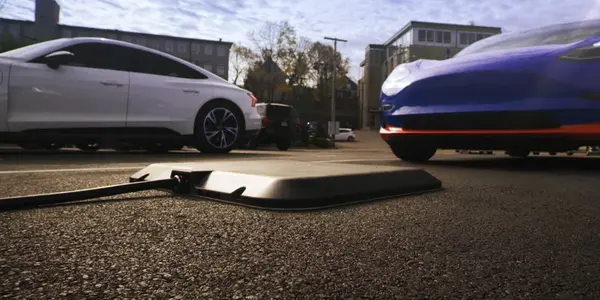Mankind is at a crossroads, for transportation and our planet’s future. The way we choose to travel and transport goods by road has a direct impact on whether our grandchildren will inherit a more livable world. Climate-altering internal combustion engines are sooner or later destined for museums. Electric vehicles point the sustainable way forward.
Are there reasons for optimism? Plenty. The global electric car fleet grew to 10 million vehicles in 2020, up 43% from the previous year, according to the International Energy Agency. While sales of conventional vehicles slumped in 2020 amid the pandemic, in Norway a record three of every four cars sold were electric. By 2025, BloombergNEF forecasts that EVs will comprise 16% of all new passenger vehicle sales and 54 million electric cars will be plying the world’s roads.
But major hurdles block a swifter roll-out. Because EV sales have started from zero, a paltry 1% of the estimated 1 billion passenger cars in the world are electric. The remaining 99% are spewing roughly 4.6 billion tons of carbon dioxide into the air each year, according to data from the U.S. Environmental Protection Agency. This is why we must act quickly.
For EVs to fulfill their potential, and to accelerate their adoption by motorists, we need to build a smart, user-oriented charging infrastructure. For this, we must embrace technology with digital applications and make use of new developments in hardware.
Make EV charging more user-friendly
One of the most promising innovations in eMobility is wireless charging. Wireless, or inductive charging, saves drivers from having to handle charging cables that may be dirty, wet or cold. For years, a lack of power transmission standards for EVs blocked wider use of this technology. Now, with transmission mostly standardized for 11 kilowatts, wireless charging is primed to go global. Hands-free charging should dramatically improve the comfort and experience of EV drivers.
Standardization in power supply also makes it possible to develop a charging system that works compatibly with vehicles from different manufacturers. This will ensure true inter-operability in wireless charging for the first time, enhancing mass-market acceptance of EVs. Siemens is currently working on such a system.
In fact, increased driver convenience isn’t the only benefit of this automated system. Contactless charging also opens the way to new business models for Vehicle2Grid service providers – a market which is expected to reach $28.12 billion by 2026, according to research firm IndustryARC. Contactless, automatic charging during parking operations ensures a high availability of vehicles on the grid. As a result, Vehicle2Grid services such as peak load smoothing through pooling and control of charging operations should become more effective.
What’s more, wireless charging will only grow in importance as autonomous vehicles proliferate. Once self-driving vehicles achieve certain autonomous driving levels, wireless charging will become essential to the future mobility system. One example is the automated valet parking demonstrated at last year’s IAA MOBILITY. Contactless charging is the cheapest and most robust option for automatic charging with medium power levels of up to 11 kilowatts for domestic and semi-public use.
To sum up, wireless charging offers a triad of advantages accommodating future trends in road transport. It dramatically improves EV drivers’ experience. It supports the charging of autonomous vehicles. And it enables new business models for Vehicle2Grid services. Nevertheless, other technologies will also play an important role for future-ready charging infrastructure. I’m happy to share further thoughts about this soon.
Not since the invention of the wheel have our choices in road transportation mattered more for the welfare of future generations.









